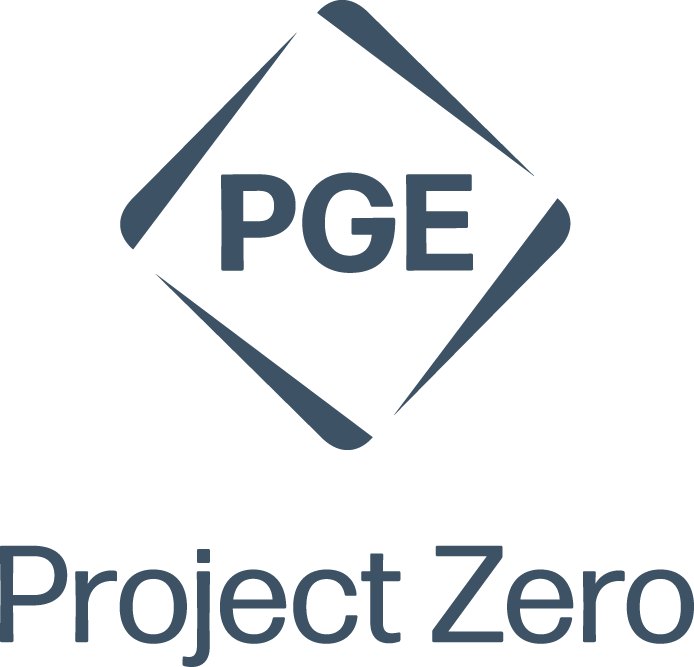| CCSS ELA Literacy | K | Reading Literature | K.RL.7 | Integration of Knowledge and Ideas | With prompting and support, describe the relationship between illustrations and the story in which they appear. |
| CCSS Mathematics | K | Compare numbers | K.CC 6 | -- | Identify whether the number of objects in one group is greater than, less than, or equal to the number of objects in another group, e.g., by using matching and counting strategies. |
| CCSS Mathematics | K | Counting and Cardinality | K.CC 4 | -- | Count to tell the number of objects; understand the relationship between numbers and quantities; connect counting to cardinality. |
| CCSS Mathematics | K | Geometry | K.G 4 | -- | Analyze, compare, create, and compose shapes. Analyze and compare two- and three-dimensional shapes, in different sizes and orientations. |
| NGSS Science | K | Earth and Human Activity | K-ESS3-2 | Crosscutting Concepts: Influence of Engineering, Technology, and Science on Society and the Natural World | People depend on various technologies in their lives; human life would be very different without technology. |
| NGSS Science | K | Earth and Human Activity | K-ESS3-2 | Science and Engineering Practices: Obtaining, Evaluating, and Communicating Information | Read grade-appropriate texts and/or use media to obtain scientific information to describe patterns in the natural world. |
| NGSS Science | K | Earth and Human Activity | K-ESS3-3 | -- | Communicate solutions that will reduce the impact of humans on the land, water, air, and/or other living things in the local environment. |
| NGSS Science | K | Earth and Human Activity | K-ESS3.A | Disciplinary Core Ideas: Natural Resources | Living things need water, air, and resources from the land, and they live in places that have the things they need. Humans use natural resources for everything they do. |
| NGSS Science | K | Earth's Systems | K-ESS3.C | Disciplinary Core Ideas: Human Impacts on Earth Systems | Things that people do to live comfortably can affect the world around them. But they can make choices that reduce their impacts on the land, water, air, and other living things. |
| NGSS Science | K | Energy | K-PS3.B | Disciplinary Core Ideas: Conservation of Energy and Energy Transfer | Sunlight warms Earth's surface. |
| CCSS ELA Literacy | 1 | Reading Informational Text | 1.RI.6 | Craft and Structure | Distinguish between information provided by pictures or other illustrations and information provided by the words in a text. |
| CCSS ELA Literacy | 1 | Speaking and Listening | 1.SL.2 | Comprehension and Collaboration | Ask and answer questions about key details in a text read aloud or information presented orally or through other media. |
| CCSS ELA Literacy | 2 | Reading Foundational Skills | 2.RF.4 | Fluency | Read with sufficient accuracy and fluency to support comprehension. |
| CCSS ELA Literacy | 2 | Reading Literature | 2.RL.7 | Integration of Knowledge and Ideas | Use information gained from the illustrations and words in a print or digital text to demonstrate understanding of its characters, setting, or plot. |
| NGSS Science | 2 | Earth's Place in the Universe | 2-ESS2.2 | Crosscutting Concepts: Patterns | Patterns in the natural world can be observed. |
| CCSS ELA-Literacy | 3 | Reading: Informational Text | 3.RI.7 | Integration of Knowledge and Ideas | Use information gained from illustrations (e.g., maps, photographs) and the words in a text to demonstrate understanding of the text (e.g., where, when, why, and how key events occur). |
| Oregon Social Sciences | 3 | Economics | 3.17 | -- | Explain the issue of scarcity to personal, community, regional, and world resources. |

